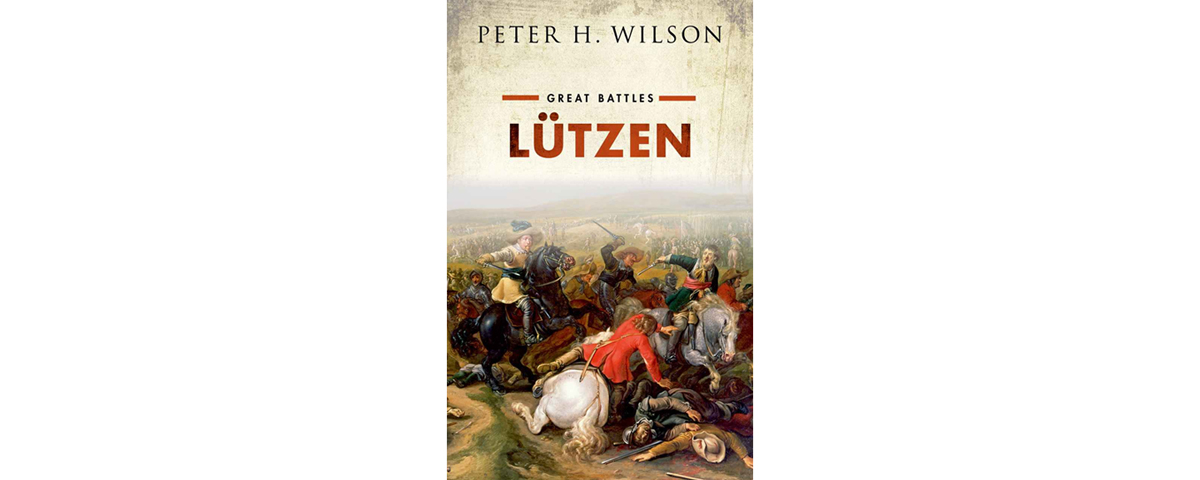Lützen, by Peter H. Wilson, Oxford University Press, New York, 2018, $24.95
Sweden has enjoyed a reputation for neutrality so long that one has to go back centuries to recall a time when it was a major military power, entertaining imperial pretensions in Europe. The 1618–48 Thirty Years’ War marked the penultimate such occasion, and Sweden’s participation in that conflict peaked at the Battle of Lützen.
Fought on Nov. 16, 1632, between the forces of the Protestant Swedish empire and the Catholic Holy Roman empire, Lützen was also a battle between two of the greatest generals of their day: Swedish King Gustavus II Adolphus and Holy Roman Generalissimo Albrecht von Wallenstein. In spite of the inconclusive outcome of the fight and the king’s death on the battlefield, the subsequent withdrawal of Wallenstein’s army marked the battle as a Swedish and Protestant victory.
Taking place midway through the Thirty Years’ War, Lützen was neither the largest nor last battle of that conflict. Over the past four centuries, however, Lützen has come to be seen by Swedes, Germans and Protestants as a landmark event. Peter Wilson’s new book, the latest entry in Oxford’s Great Battles series, re-examines not only the conduct of the battle, but also its place in the greater war. He also looks at its changing cultural context to subsequent generations during the Napoleonic era, the emergence of Germany as a nation-state, both world wars and the communist era. This is a fascinating new work on a battle and war all too rarely covered in the English-speaking world.
—Robert Guttman

